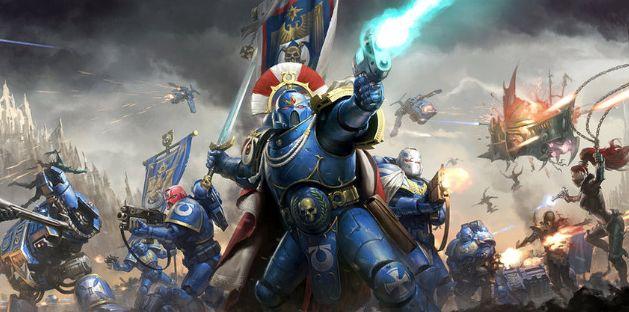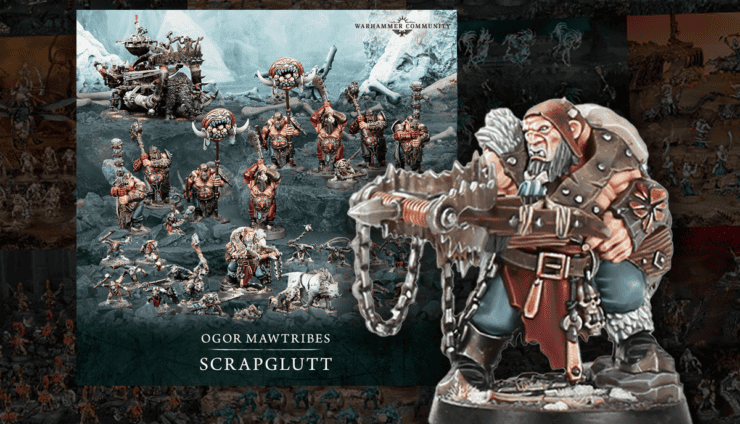Follow Cato Sicarius’ rise from captain to Ultramar’s suzerain through bold victories and gutsy strategies in our guide to his tactical boldness.
Updated on April 21st, 2025, by Rob Baer with new information and links to relevant content.
Cato Sicarius doesn’t do subtle. When he shows up, things explode, armies fall in line, and the Ultramarines start racking up wins like it’s a sport. In Warhammer 40k, this guy isn’t just another armored pretty boy with a fancy title—he’s the blueprint for bold, aggressive leadership.
From smashing through Eldar lines with a Land Raider Prometheus to going toe-to-toe with a Daemon Prince, Sicarius brings drama and results in equal measure.
We’ll cover his biggest plays, wildest tactics, and how he went from Second Company Captain to Suzerain of Ultramar—without losing that signature flair. If you’re into Space Marines who don’t sit back and wait for orders, you’re in the right place. Let’s get into what makes Cato Sicarius a walking Warhammer 40k headline.
Who Is Cato Sicarius?
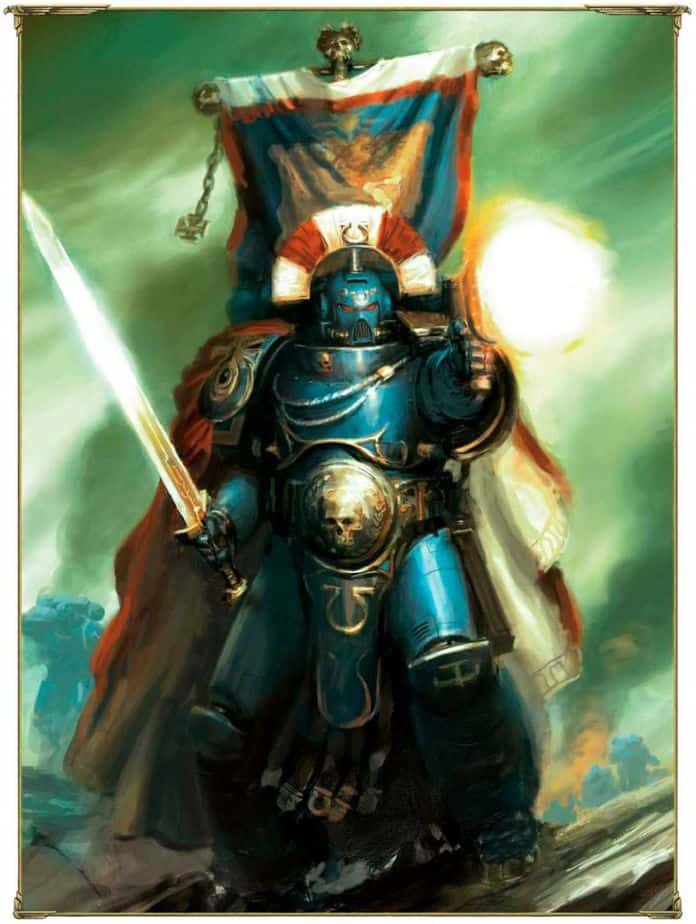
Sicarius is part of the Ultramarines Chapter, which, for the uninitiated, is basically the poster boy faction of the Space Marines. They’re clean-cut, by-the-book, and incredibly effective at warfare. Within that structure, Cato Sicarius doesn’t just follow the Codex Space Marines—he rewrites them on the battlefield.
If there’s a playbook, he probably threw it out the airlock mid-drop-pod descent just to keep things interesting.
This guy isn’t just another bolter jockey. From the moment he got involved in major campaigns, Sicarius stood out. He earned his place in the narrative by mixing bold tactics with enough flair to make even the most grizzled Chapter Masters (and maybe even Marneus Calgar) raise an eyebrow.
Want to stop a full-on Eldar raid? Bring a Land Raider Prometheus to a dance fight. Problem solved.
Role Within the Ultramarines
So, how did Sicarius end up in charge of the Ultramarines Second Company? Well, it wasn’t through quiet service and humble leadership. He made waves with gutsy strategies that actually worked. After securing some hard-fought wins, including one on Masali that probably shouldn’t have gone in the Imperium’s favor, he earned the title of Captain.
Once that happened, things really kicked into overdrive. Sicarius wasn’t just leading squads into battle; he was shaping how the Second Company operated. Then came the title of Suzerain of Ultramar in 849.M41—a fancy way of saying he gained serious pull within the Ultramarines command structure. With that role came more responsibility, more authority, and, obviously, more moments for heroic flexing on the battlefield.
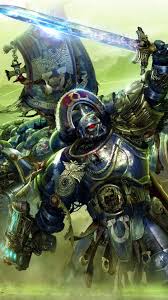
Let’s not forget: this isn’t some random Marine with a lucky kill count. Sicarius earned big honors along the way—Imperial Laurel, Honorifica Valorum, and the Valor Crest (which, fun fact, matches his noble house colors). It’s not just about the awards, though. It’s the way he wins that makes people talk.
So, if you’re building your own Ultramarines army and you’re eyeing Sicarius for your next HQ choice, go for it. He’s a tactical powerhouse wrapped in blue armor and unapologetic bravado. Just be ready to play bold, because this guy didn’t get famous for sitting behind a barricade.
The Strategic Brilliance of Cato Sicarius
Unconventional Warfare in the Dantaro Campaign

During the fighting on Masali, the Eldar were tearing through Imperial defenses like a chainsword through wet paper. So what does Sicarius do? He brings a Land Raider Prometheus to the party. For those unfamiliar, that’s not your standard tank—it’s basically a mobile command center with a lot of teeth.
Most commanders might shy away from fielding something that bulky against Eldar speed and agility. Sicarius? He doubled down and rolled right through their formations.
By the time the dust settled, the Eldar were in retreat, and Masali’s surviving defenders probably needed a moment to figure out what had just happened. That’s the kind of battlefield presence Sicarius brings—fast thinking, risk-taking, and just enough tactical flair to make you wonder if he’s part commander, part stuntman.
Defensive and Offensive Maneuvers on Medusa V

Sicarius wasn’t there to make friends. His first move was locking down the planet with a tight web of defensive positions. We’re talking overlapping fields of fire, hardpoints reinforced with Space Marine precision, and rapid-response units ready to pounce on anything with too many teeth or too much warp energy.
While the boots were on the ground, Sicarius sent his ships to sweep the skies and space lanes. If something looked even vaguely hostile, it got a visit from Ultramarines strike craft. He wasn’t just reacting—he was shaping the flow of the conflict, dictating where the fight happened and when.
Things dragged on, of course. War does that. Medusa V wasn’t going to be saved (no matter how many plasma pistols were used). So, once the writing was on the wall and the planet was choking on warp energy, Sicarius did what had to be done.
He called in the Exterminatus. Brutal, sure—but clean compared to letting Chaos sink its claws into another planet.
It’s moves like that which show what sets Sicarius apart. He’s not just out there swinging a power sword and shouting slogans. The guy reads a battlefield like it’s a tactical manual and isn’t afraid to make the hard calls.
Celebrated Campaigns and Awards
If Warhammer 40K handed out medals for theatrical flair in battle, Cato Sicarius would have a whole display case. Thankfully, the Imperium prefers things a bit more formal. That hasn’t stopped him from collecting a string of honors that reads like a flex sheet for any aspiring Space Marine commander.
Let’s kick things off with the Imperial Laurel. Sicarius earned this during the Crusat Minor Planet Strike in 733.M41. This isn’t something handed out for showing up on time or holding a flank. The Laurel marks a commander’s ability to seize initiative and lead a charge that actually gets the job done.
In that campaign, Sicarius didn’t just take the fight to the enemy—he turned the assault into a clinic on aggression and precision. If the enemy had boots left, they were probably running in them.
Then there’s the Honorifica Valorum, awarded after the Battle of Dyzanyr. Now, this one doesn’t go out to just anyone. It’s reserved for those who go above and beyond during combat, like stepping into a tactical nightmare and somehow walking out of it with a win and a clean sword.
Dyzanyr was one of those meat grinder scenarios: high stakes, tight quarters, no room for error. Sicarius not only held the line—he crushed it, coordinated counterattacks, and made it clear he wasn’t just some lucky tactician. This was a guy who knew exactly what to do when the bolts started flying.
These aren’t just decorations you slap onto armor to look cool on parade day. Each one represents a turning point in a campaign where Sicarius didn’t just meet expectations—he obliterated them. And for players looking to reflect that kind of legacy on the tabletop, there’s a real lesson here: play bold, play smart, and commit once you’ve made your move.
The Valor Crest and Noble Heritage
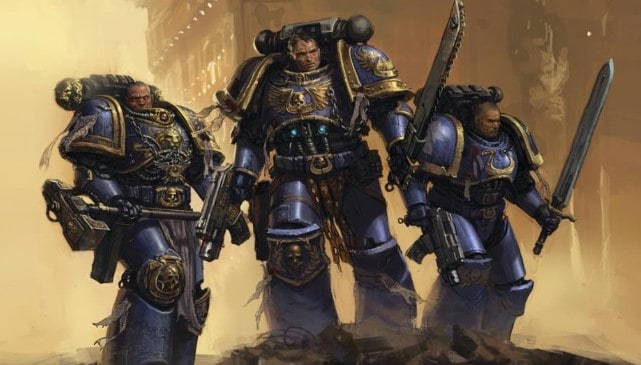
If you’re imagining trench warfare, siege weapons, and endless waves of the enemy, you’re not far off. This wasn’t just about strategy. It was grit, fury, and a refusal to break.
Sicarius didn’t just survive; he led charges that turned the tide. He fought like someone with something to prove—and, in a way, he did. The colors of the Valor Crest match those of the noble Talassi house, where he was raised.
It’s a subtle nod, but it ties his story back to his roots. That heritage shows up in how he carries himself: proud, relentless, never one to back down.
So, if you’re thinking about adding Sicarius to your army, remember—you’re fielding a legend with honors earned the hard way. He’s not just a stat block. He’s a walking medal cabinet who can swing a power sword like he’s auditioning for a holo-drama.
Pivotal Battles in Cato Sicarius 40k History
Assault on Black Reach
If you’re talking about Cato Sicarius and you don’t bring up Black Reach, are you even paying attention? This battle is classic 40K drama—massive armies, high stakes, and a Space Marine captain going full action hero against overwhelming odds.
The Ultramarines Second Company, under Sicarius’ command, faced down Warboss Zanzag and ten thousand Orks.
That’s not a typo. Ten. Thousand. Green-skinned lunatics charging with axes, teeth, and way too much noise.
Sicarius didn’t flinch. He organized a defense that held until every last bolter round was spent, then led his troops straight into hand-to-hand (with Sicarius using the Tempest Blade) like it was part of the plan. Marines were fighting with knives, chainswords, fists—anything they could grab.
The Orks kept coming. The Ultramarines kept pushing back. It wasn’t about firepower at that point—it was willpower. And Sicarius stood right in the middle of it, making sure no one broke formation, not even when things got seriously messy.
By the end, the Orks were wiped out. Zanzag was gone. The Second Company was bloodied, but still standing. That’s the kind of moment that turns a captain into a legend.
If you’re building a narrative army or just want your Ultramarines to feel like they’ve earned their blue, this battle is pure gold for tabletop inspiration.
The Halamar Rift and Daemon Prince M’kar
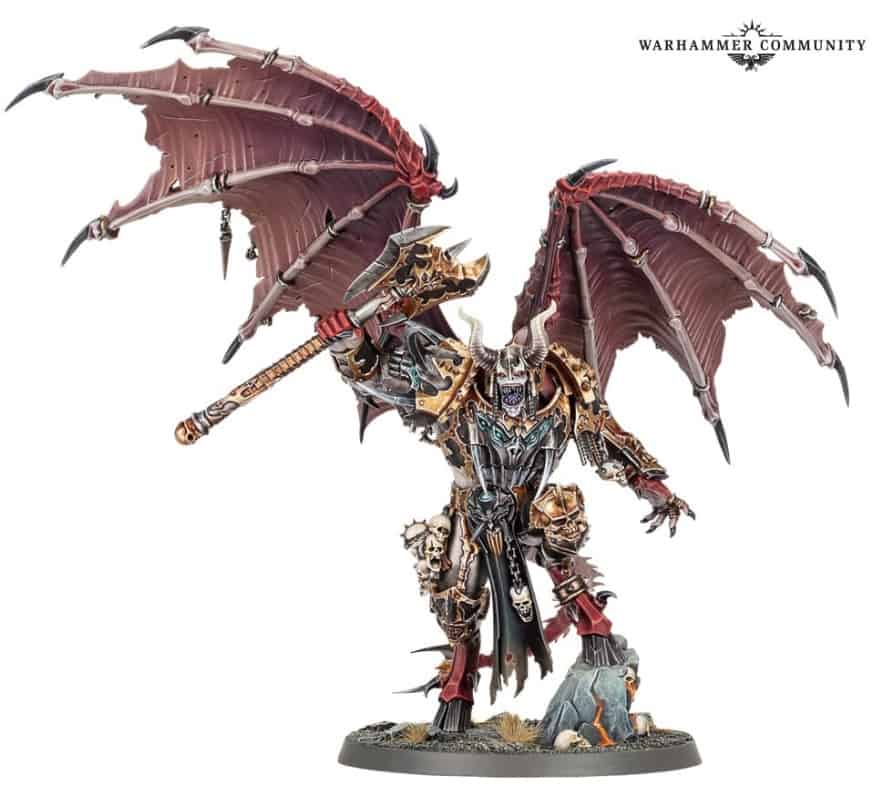
The Strike Cruiser Valin’s Revenge—an absolute beast of a warship—was leading the charge. Under Sicarius’ command, the fleet tore into the Chaos Space Fleet with precision. We’re talking about ship-to-ship combat, torpedo salvos, and void battles that left entire hulls floating in silence.
But that wasn’t the end. Sicarius boarded the main Chaos vessel and went looking for the head honcho: Daemon Prince M’kar. This was personal. M’kar had crossed paths with the Ultramarines before, and Sicarius wanted him gone.
The duel didn’t quite go the way it was supposed to. Sicarius fought like you’d expect—relentless, aggressive, tactical—but M’kar wasn’t playing fair. Warp powers, tricks, and chaos shenanigans gave him just enough of an edge to escape. He slipped back into the Eye of Terror, licking his wounds and probably planning another comeback tour.
Still, that doesn’t take anything away from Sicarius. The man led a fleet, crushed a Chaos armada, and personally took the fight to a Daemon Prince. That’s not a loss—it’s unfinished business.
Suzerain of Ultramar: Leadership and Influence
Appointment in 849.M41
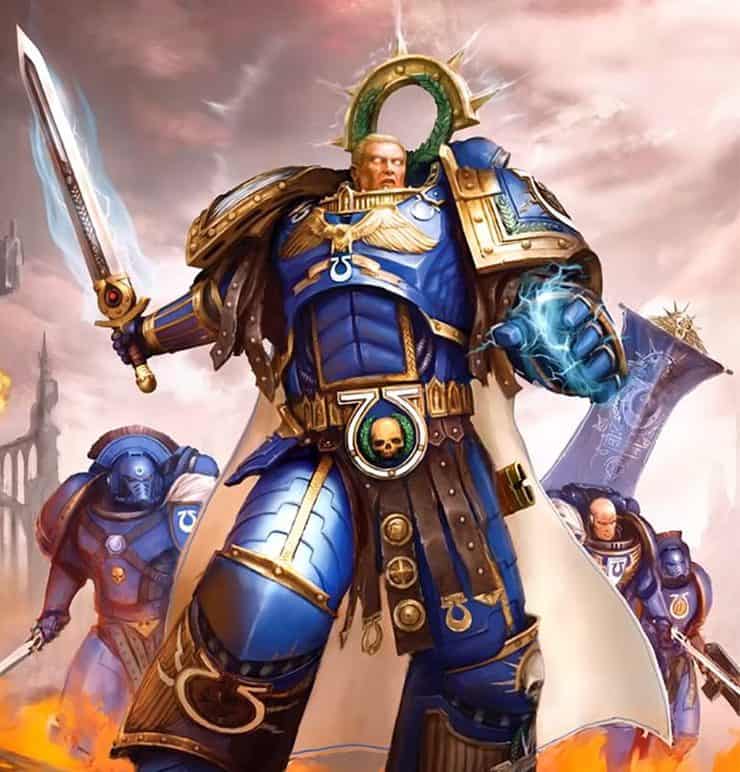
With that role, Sicarius gained more than bragging rights. He was now steering operations, influencing strategy, and calling shots that shaped entire campaigns. This wasn’t just battlefield glory. This was structure, politics, and legacy—all rolled into one.
And of course, being Sicarius, he didn’t exactly keep it low-key. His new authority allowed him to push his bold tactics even further, giving him the resources and backing to pull off larger-scale operations. Think less “frontline brawler” and more “galaxy-spanning commander who still shows up with a sword.”
The Enduring Legend of Cato Sicarius
A Hero of the Imperium
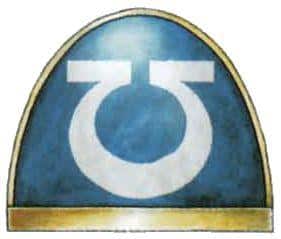
A champion of Ultramar who has led from the front, made the hard calls, and left a trail of broken enemies and hard-earned medals behind him. Now, as the leader of Roboute Guilliman’s Vitrix Guard, he will continue to conquer the battlefield!
In the lore, Sicarius stands as one of the most recognizable names in the entire Ultramarines Chapter. He’s the guy you read about in codexes, see in boxed sets, and build into your lists when you want a commander who knows how to get things done—and look good doing it.
Now let’s answer a few questions that float around the hobby table.
Is Cato Sicarius dead?
Nope. He’s alive and kicking. There was a period where he disappeared—thanks to some mysterious time-travel-related shenanigans involving the Cicatrix Maledictum—but he made a triumphant return. Classic Sicarius move.
What happened to Cato Sicarius?
After vanishing during the opening of the Great Rift, Sicarius reappeared as part of Guilliman’s Indomitus Crusade. He joined the Victrix Guard and continued to serve with his signature flair. Still fighting, still winning, and still delivering one-liners like a grimdark action star.
How old is Cato Sicarius?
That’s a bit trickier. He’s a Space Marine, so his exact age is hard to pin down. Add in warp travel, cryo-sleep, and other timeline-warping nonsense, and your guess is as good as mine. But let’s just say: old enough to command respect, young enough to keep swinging.
Final Thoughts

If you’re running Ultramarines, he’s an easy pick for your HQ slot. If you’re into lore, he’s pure gold for narrative campaigns.
Learn How to Play The Space Marines Here!
What is your favorite part of Cato Sicarius lore in Warhammer 40k? Will you be playing the Ultramarines in 40k?
